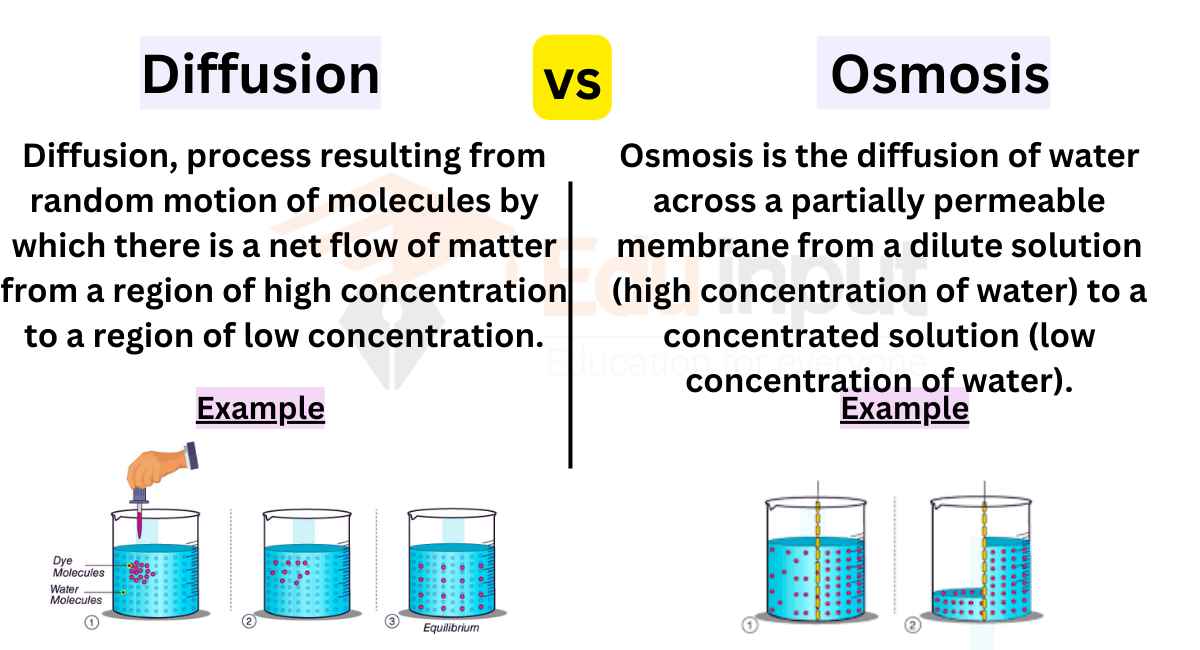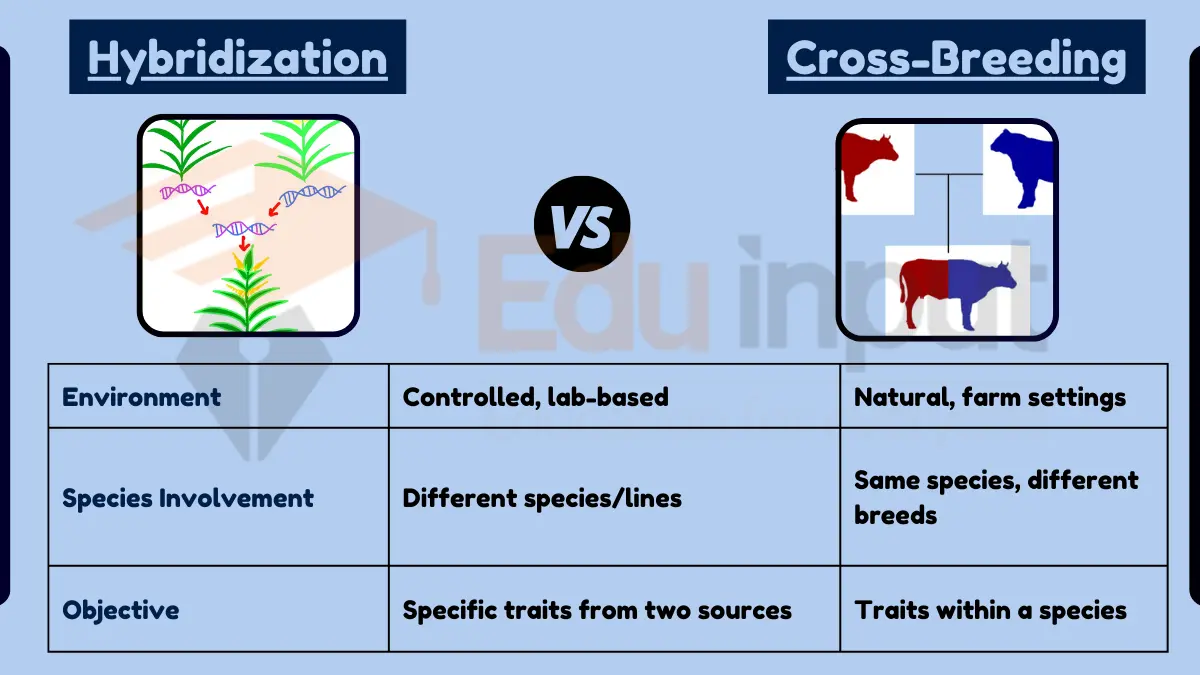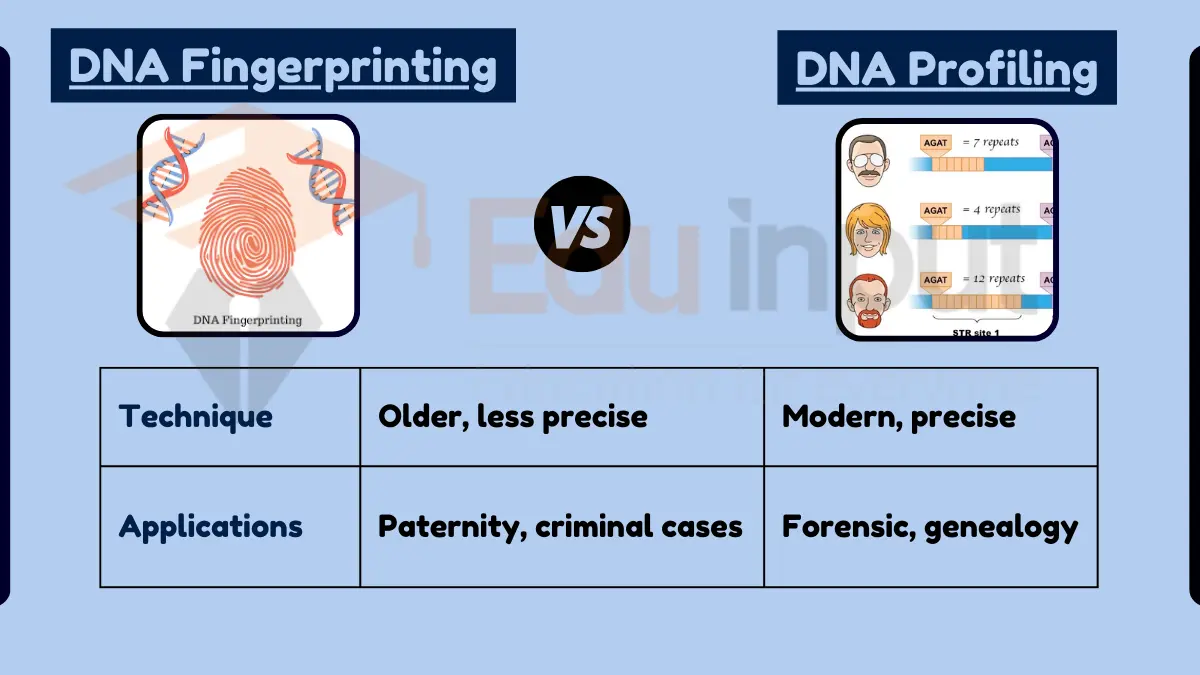What is the Difference Between Avascular Necrosis and Osteoarthritis?
December 17, 2023
Key Difference
The fundamental distinction between Avascular Necrosis (AVN) and Osteoarthritis (OA) lies in their causes and progression. AVN results from a loss of blood supply to the bone, leading to bone tissue death, whereas OA is caused by the degeneration of joint cartilage due to aging or injury.

Comparative Analysis
- Cause:
- AVN: Lack of blood supply, leading to bone death.
- OA: Cartilage breakdown due to aging, wear, and tear.
- Affected Age Group:
- AVN: Common in younger adults (30-50 years).
- OA: Typically affects older adults (50+ years).
- Symptoms:
- AVN: Painful joints, reduced range of motion.
- OA: Joint stiffness, swelling, chronic pain.
- Progression and Outcome:
- AVN: Can lead to joint collapse.
- OA: Gradual worsening of joint function.
- Treatment:
- AVN: Surgical intervention, medications, lifestyle changes.
- OA: Pain management, physical therapy, and possibly surgery.
Table Summary
| Feature | Avascular Necrosis | Osteoarthritis |
|---|---|---|
| Cause | Blood supply loss | Cartilage wear |
| Age Group | Younger adults (30-50) | Older adults (50+) |
| Symptoms | Joint pain, limited motion | Stiffness, swelling, pain |
| Progression | Potential for bone collapse | Gradual joint deterioration |
| Treatment | Surgery, medication, lifestyle | Pain management, therapy |
Recognizing the differences between AVN and OA is vital for proper diagnosis and treatment, given their distinct causes, symptoms, and progression patterns.
File Under:

 written by
written by 





Leave a Reply